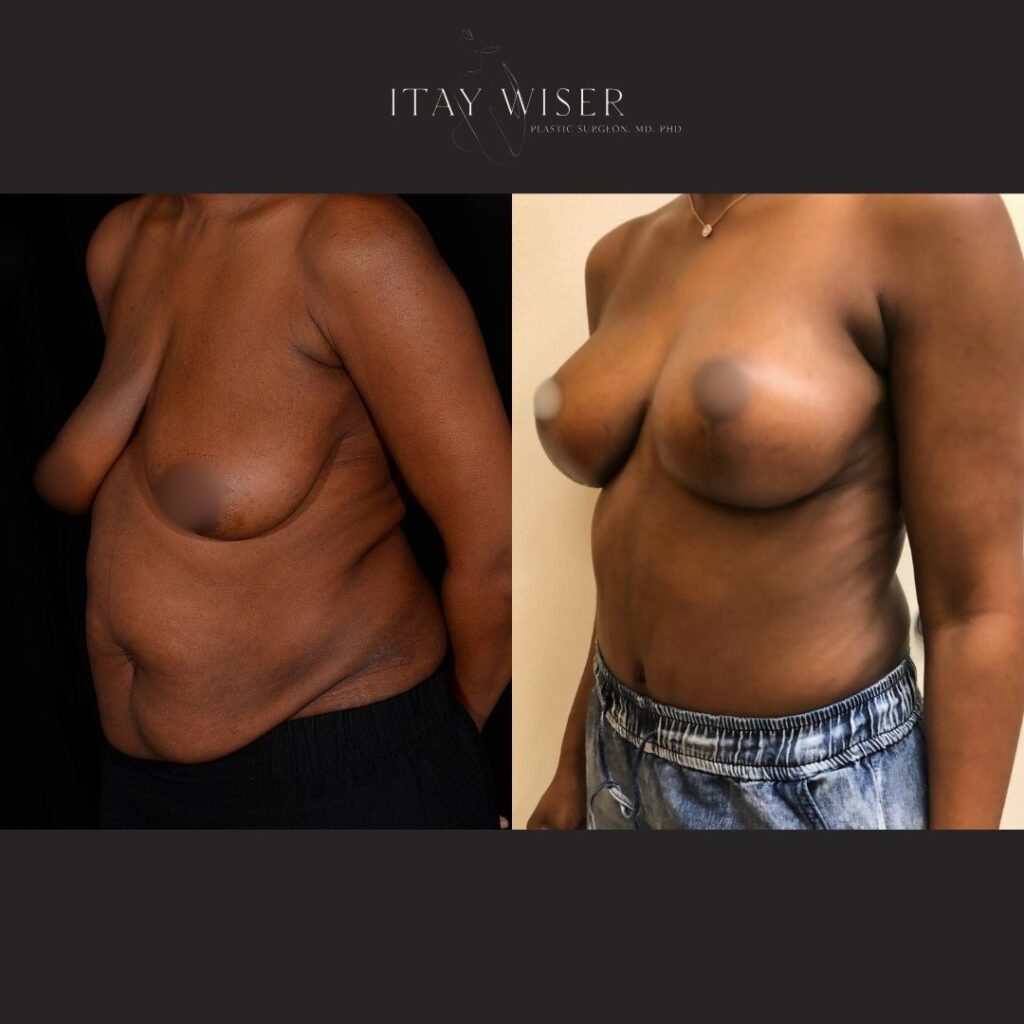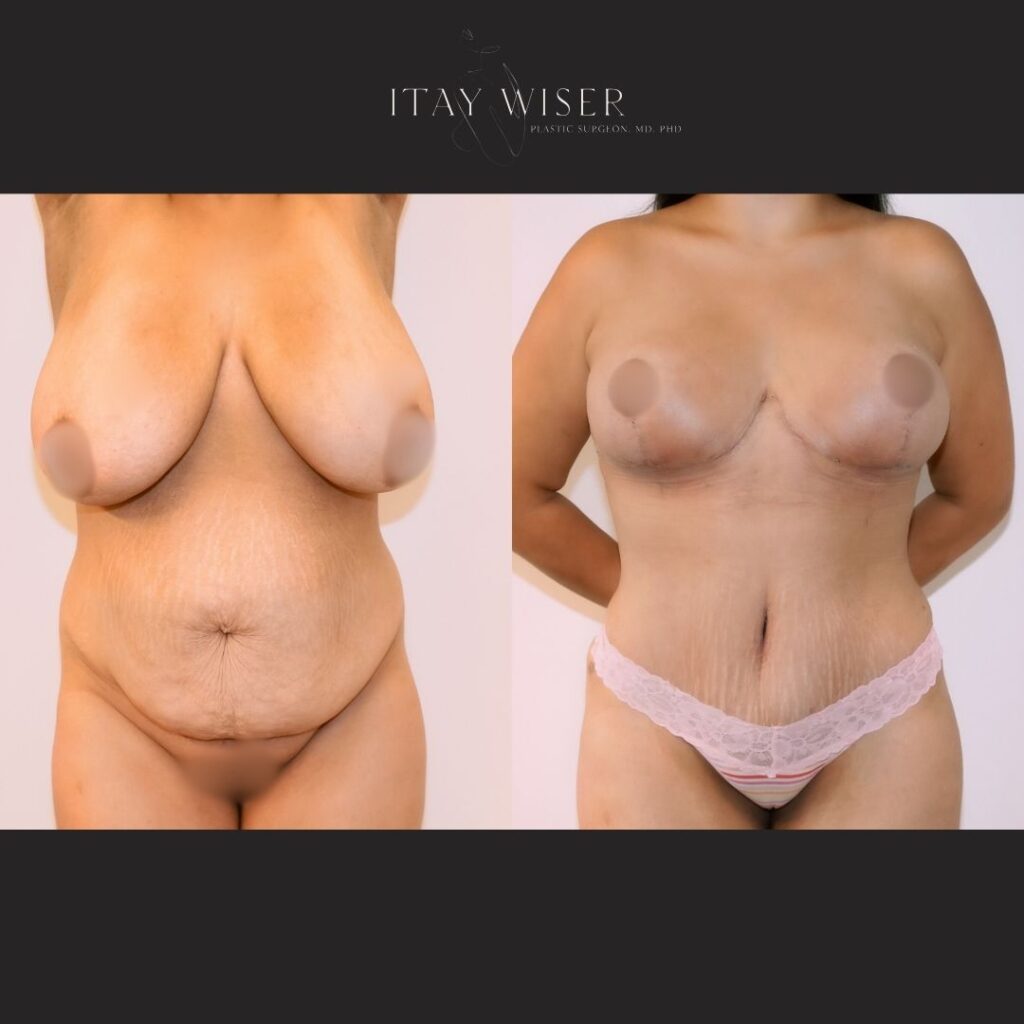Non-Surgical Hair Restoration: Effective Treatments for Hair Loss
Understanding Hair Loss: How Do I Know If I'm Losing Hair?
Hair loss can be gradual, making it difficult to notice until significant thinning occurs. Here are some common signs that indicate you may be experiencing hair loss:
Excessive Shedding: Finding more hair than usual on your pillow, in the shower, or on your hairbrush.
Receding Hairline: A noticeable shift in your hairline, especially at the temples.
Thinning Crown: Increased scalp visibility at the top of your head.
Widening Part: Women often notice a wider part line due to hair thinning.
Patchy or Circular Bald Spots: Some individuals experience spot baldness due to medical conditions like alopecia areata.
Slower Hair Growth: If your hair isn’t growing at the same rate it used to, it might be an early sign of hair loss.
If you’re noticing any of these symptoms, it’s essential to seek professional advice. Fortunately, there are non-surgical solutions that can help restore your hair and prevent further loss.
Table of Contents
Mommy Makeover: Before & After


Why Patients Trust Dr. Wiser
NYC & Israeli Board-Certified Plastic Surgeon
Chief of Plastic Surgery at Mount Sinai Elmhurst
Advanced techniques for natural-looking results
Thousands of successful
procedures
Non-Surgical Hair Restoration: Proven Solutions
For individuals seeking effective hair regrowth options without surgery, the following three treatments are widely recommended by hair restoration experts:
Hair Botox is an innovative treatment designed to revitalize damaged hair, making it smoother, stronger, and healthier. Unlike traditional Botox injections, hair Botox does not involve neurotoxins but instead infuses the hair with powerful nutrients to restore shine and thickness.
Benefits of Hair Botox:
Deep conditioning and repair for weakened hair
Reduction in frizz and split ends
Strengthening of hair follicles to reduce hair loss
Enhanced volume and shine
Hair Botox is ideal for those experiencing dryness, breakage, or overall hair thinning due to environmental stress, heat damage, or aging.
Platelet-Rich Plasma (PRP) therapy is a scientifically backed treatment that utilizes the body’s own healing mechanisms to stimulate hair regrowth. This procedure involves drawing a small amount of blood, processing it to concentrate platelets, and injecting the PRP directly into the scalp to rejuvenate dormant hair follicles.
Benefits of PRP Therapy:
Encourages natural hair regrowth
Strengthens hair follicles and improves density
Minimally invasive with no downtime
Safe and effective for both men and women
PRP therapy is particularly beneficial for individuals with early-stage hair loss or those seeking a non-surgical way to restore hair thickness.
Finasteride is a prescription medication that effectively treats male pattern baldness by blocking dihydrotestosterone (DHT), the hormone responsible for hair loss in men. Available in both oral and topical forms, Finasteride is a proven solution for slowing down hair loss and promoting hair regrowth.
Benefits of Finasteride:
FDA-approved for hair loss treatment
Reduces DHT levels to prevent hair thinning
Encourages regrowth in balding areas
Works best when combined with other treatments like PRP therapy
Finasteride is commonly recommended for men in the early to moderate stages of male pattern baldness.
Looking for Permanent Results? Consider Surgical Hair Restoration
While non-surgical options can effectively slow down and reverse hair loss, some individuals may require surgical intervention for more extensive hair restoration. If you are experiencing significant hair thinning or baldness, a hair transplant may be the best long-term solution.
For individuals experiencing advanced hair loss, surgical hair restoration may be the best option. Hair transplant procedures, such as FUE (Follicular Unit Extraction) and FUT (Follicular Unit Transplantation), offer long-lasting, natural-looking results.
Non-Surgical Hair Loss Treatment Timeline
Week 1: Initial Consultation & Diagnosis
Week 2: Begin Treatment Plan
Month 1: Early Responses
Months 4-6: Visible Hair Growth & Thickness
Ongoing Maintenance:
Non-Surgical Hair Restoration FAQs
What is the best non-surgical hair restoration treatment?
The best treatment depends on the individual’s condition. PRP therapy works well for early-stage hair loss, while Finasteride is highly effective for male pattern baldness. Hair Botox is ideal for improving hair strength and health.
How long does it take to see results from PRP therapy?
Most patients start noticing hair regrowth within three to six months after their first PRP session.
Can women use Finasteride for hair loss?
While Finasteride for women is sometimes prescribed off-label, it is not FDA-approved for female hair loss. Alternative treatments such as PRP therapy may be recommended instead.
Is Botox for hair the same as Botox injections?
No. Botox for hair is a deep-conditioning treatment that nourishes the hair and scalp, unlike Botox injections used for wrinkles.
What are the side effects of Finasteride?
Possible side effects include decreased libido, mild dizziness, and rare cases of shedding during initial use. Most side effects subside once the body adjusts to the medication.
Can I combine PRP therapy with Finasteride?
Yes! Many patients achieve optimal hair regrowth by combining PRP therapy, Finasteride, and hair-strengthening treatments like Hair Botox.

